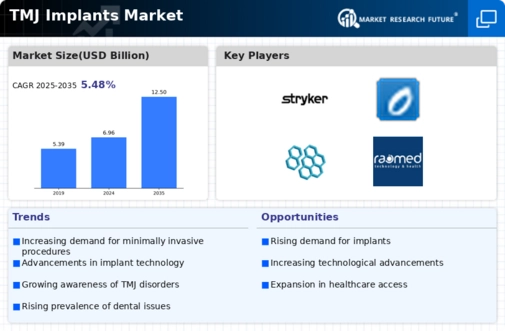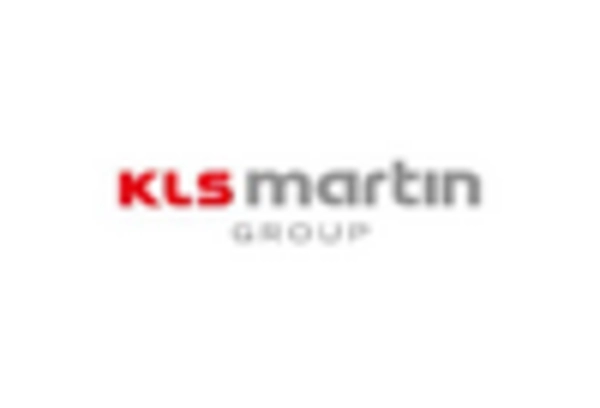Market Share
TMJ Implants Market Share Analysis
Technological Progress in Making Better Implants
In the tech world, 3D printing has made huge leaps recently. This technology has become much better and cheaper, especially when it comes to making stuff for our bodies. Imagine this: you can now make things that fit exactly how you need them to! For instance, a hospital in India used 3D printing to create a special replacement for a patient's jaw. This was designed just for that person, fitting them perfectly. This kind of customization really helps make these implants work better.
Also, scientists are working on something really cool called tissue engineering. It's like they're trying to create new tissues to fix problems with bones and muscles. While there aren't any products available yet for fixing TMJ issues, researchers are working hard to make tools that could help in the future. All these smart ideas aimed at helping people with TMJ problems are making the market for TMJ implants grow.
And here's another interesting thing happening in the medical world: tiny technology! Scientists are using really small stuff, called nanotechnology, to make medical materials better. This is also helping the market for medical implants to grow, especially for TMJ issues. All these advancements in materials and technology are expected to make the market for TMJ implants grow more in the future.
Exploring Better Treatments through Trials
Now, let's talk about clinical trials—fancy words for studies that help find better ways to treat health problems. Recently, a health company announced plans to learn more about TMJ, especially in kids. They want to understand how this problem affects children. These trials and studies focused on TMJ treatment are helping make the market stronger, especially for TMJ implants.
Here are some examples of what's happening in these trials:
In Egypt and Spain, researchers are looking at different ways to manage pain in people with TMJ issues. One group is trying something called arthrocentesis, and another is trying out something called operative arthroscopy. Both aim to help people who have pain in their TMJ. In Spain, scientists are teaming up with a hospital to see how adding something called hyaluronic acid might help in treating TMJ problems in adults. They're doing this by using something called arthroscopy. All these trials and studies are like detectives, trying to find better ways to treat TMJ problems. By doing these studies, they're learning how to make TMJ treatments better, which can include implants. All this research is pushing forward to find better ways to help people with TMJ issues.
Technology is getting smarter, and scientists are doing lots of studies to help people with TMJ problems. All these advancements and trials are making the market for TMJ implants grow stronger and better, offering hope for people dealing with TMJ issues.

















Leave a Comment